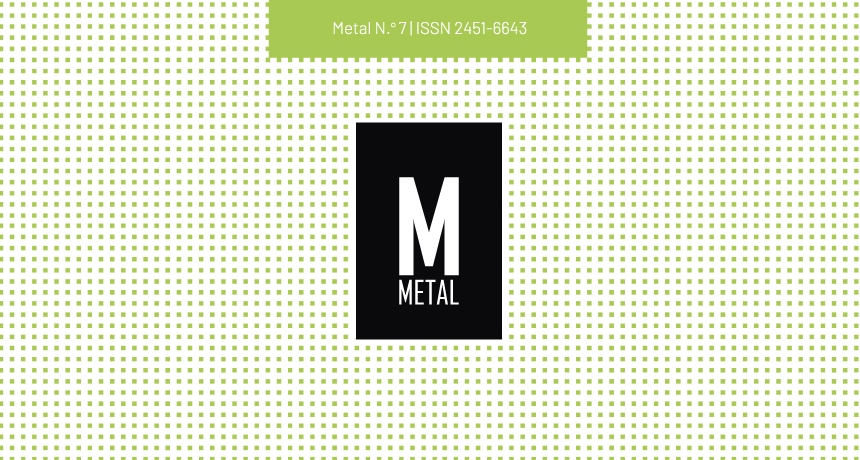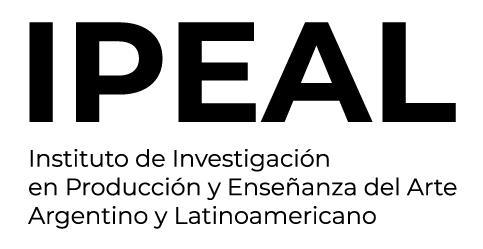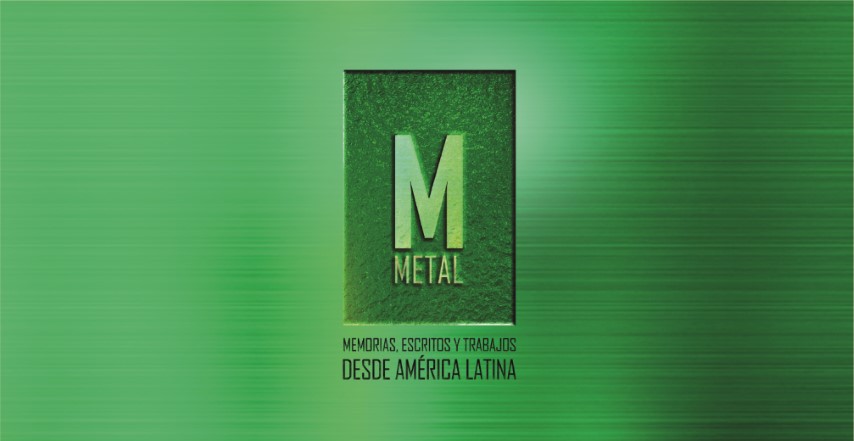The Stereotype in Arts Teaching
Argentinization versus Creation
DOI:
https://doi.org/10.24215/24516643e030Keywords:
Stereotype, form and content, resistance, arts teachingAbstract
Based on one’s own teaching experience within the framework of a faculty chair, the present work aims to unravel certain aspects that make the form-content duality understood from artistic teaching. We note that, from many pedagogical proposals that try to take root in regional cases, the main topics are addressed but the formal and constitutive components of art are ignored. The question is how to overcome the formal stereotype, understanding arts teaching as a process of constant reformulation.References
Casalla, M. (2009). El banquete tecnológico universal y los hijos pobres del sur. En E. A. Azcuy y otros, Identidad cultural, ciencia y tecnología. Aportes para un debate latinoamericano (pp. 85-127). Rosario, Argentina: Fundación Ross.
Deleuze, G. (1987). ¿Qué es el acto de creación? Revista Fermentario, (6). Recuperado de http://www.fermentario.fhuce.edu.uy/index.php/fermentario/article/view/110
Encina, P. (Directora). (2006). Hamaca paraguaya [Película]. Paraguay.
Genette, G. (1989). Palimpsestos. Madrid, España: Taurus.
Giroux, H. (1985). Teorías de la reproducción y la resistencia en la nueva sociología de la educación: un análisis crítico. Cuadernos Políticos, (44).
Martel, L. (Directora). (2001). La ciénaga [Película]. Argentina.
Menis, M. V. (Directora). (2008). La cámara oscura [Película]. Argentina.
Terigi, F. (2012). Nuevas reflexiones sobre el lugar de las Artes en el currículum escolar. En G. Frigerio y G. Diker (Comps.), Educar (sobre) impresiones estéticas (pp. 87-97). Entre Ríos, Argentina: Editorial Fundación La Hendija.
Downloads
Published
How to Cite
Issue
Section
License
The acceptance of the manuscript by the magazine means the non-exclusive cession of the property rights of the authors in favour of the editor, who allows the reuse, after publication (post print), under a license Attribution-NonCommercial-NoDerivatives 4.0 International.
According to these terms, the material can be copied and redistributed by any means or in any format as long as a) the author and original source of the publication are quoted (magazine and URL of the work), access to the license is provided and whether changes have been made is mentioned; and b) the material is not used for commercial purposes.
The cession of non-exclusive rights means that after the publication (post print) in Metal the authors can publish their work in any language, means and format; in such cases it must be mentioned that the material was originally published in this magazine. Such cession also means the authorization of the authors for the work to be collected by SEDICI, the institutional archive of the Universidad Nacional de La Plata, and to be spread in the databases that the editorial team considers appropriate to increase the visibility of the publication and its authors.
Moreover, the magazine encourages the authors to deposit their productions in other institutional and thematic archives under the principle that offering the society the scientific and academic production without any restrictions contributes to a greater exchange of the global knowledge.



























